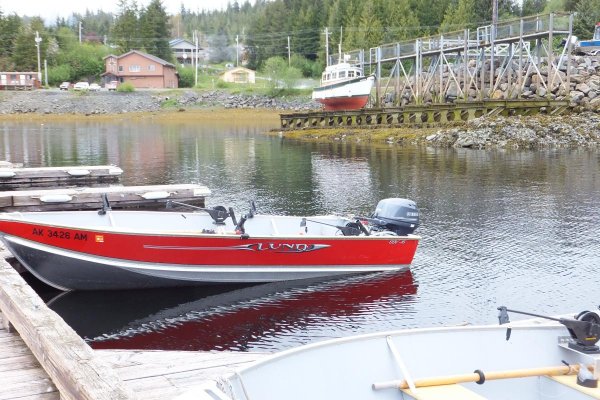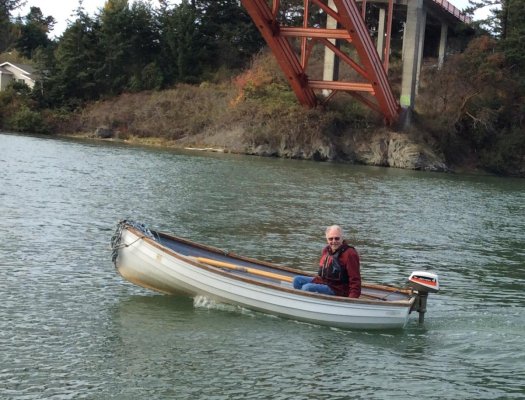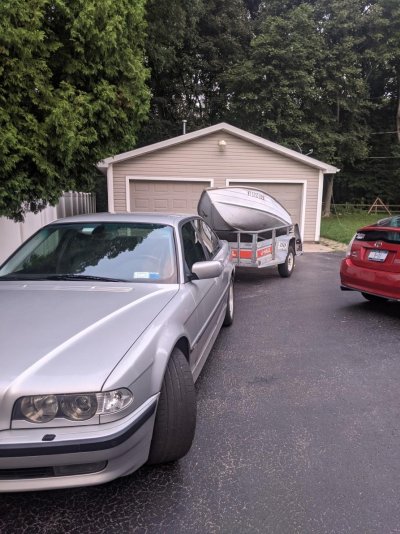rslifkin
Guru
- Joined
- Aug 20, 2019
- Messages
- 7,601
- Location
- USA
- Vessel Name
- Hour Glass
- Vessel Make
- Chris Craft 381 Catalina
Rub rail is easy to install that wont harm the mother ship, just pri$y to purchase .
Long term the best seems to be fabric covered 3/4 round heavy black foam that is screwed in place .
Yes, mechanical fastenings are longer to install than glue on but after a few hours in a dink mash they will still be attached. When its really rough they are still there and working.
For the 13ft Boston Whaler a set of 4inch fenders attached to each other & strung all around also works well.
Polyester Gunnel Guard / Dock Guard, Three-quarter Round
Mfr: Taylor Made Products
$324.40 to $341.75
ONLINE ONLY

I expect I'll add something along those lines to pretty much any dinghy I buy. Exact product and placement on the dinghy will probably depend on the boat in question, but the concept is the same.







